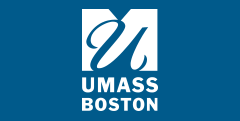Abstract
In today's American schools, many teachers are faced with the problem of keeping African-American students engaged in the lessons taught in pre-K-12 classrooms, a problem which at times leads to low academic performance. According to data presented in the 1994 National Assessment of Educational Progress, 48% and 66% of African-American students scored below the basic competency level in reading and mathematics respectively. With many African-American students being labelled "not proficient" in some academic content areas, a growing achievement gap exists between African-American and European-American students. This gap contributes to fewer African-Americans 1) gaining access to institutions of higher education; 2) taking longer to complete their degree courses; and 3) having access to employment opportunities. In view of the fact that some African-American students obtain low test scores in pre-K-12 education, and the continuing decline of African-Americans being admitted into institutions of higher learning, two basic questions emerge: 1) What type of teaching instruction can provide students with a more holistic learning experience in pre-K-12 as well as in institutions of higher learning, and, 2) What role can institutions of higher education play in improving the teaching and learning of all students?
Recommended Citation
Cooks, Jamal A.
(1998)
"Let's Get It Started: Teaching Teachers How to Implement a Culturally Relevant Pedagogy,"
Trotter Review: Vol. 11:
Iss.
1, Article 13.
Available at:
https://scholarworks.umb.edu/trotter_review/vol11/iss1/13
Included in
African American Studies Commons, Bilingual, Multilingual, and Multicultural Education Commons, Elementary and Middle and Secondary Education Administration Commons

